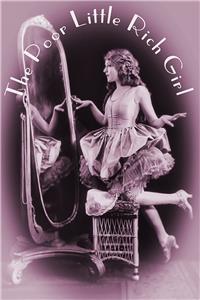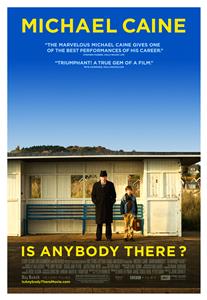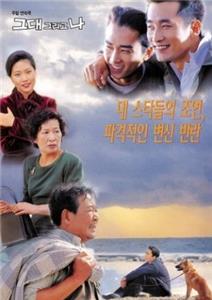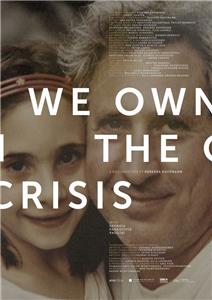Pieni rikas tyttö-parka (1917) Online

Gwen's family is rich, but her parents ignore her and most of the servants push her around, so she is lonely and unhappy. Her father is concerned only with making money, and her mother cares only about her social position. But one day a servant's irresponsibility creates a crisis that causes everyone to rethink what is important to them.
| Cast overview: | |||
| Mary Pickford | - | Gwendolyn 'Gwen' | |
| Madlaine Traverse | - | Gwendolyn's Mother | |
| Charles Wellesley | - | Gwendolyn's Father | |
| Gladys Fairbanks | - | Jane | |
| Frank McGlynn Sr. | - | The Plumber | |
| Emile La Croix | - | The Organ Grinder | |
| Marcia Harris | - | Miss Royale | |
| Charles Craig | - | Thomas | |
| Frank Andrews | - | Potter | |
| Herbert Prior | - | The Doctor | |
| George Gernon | - | Johnny Blake | |
| Maxine Elliott Hicks | - | Susie May Squoggs (as Maxine Hicks) |
Mary Pickford was 25 years old when she played the 11 year old Gwen in this movie. Her short stature helped the illusion of youth.
One of many Silent Era motion pictures starring "America's Sweetheart" Mary Pickford which were remade as Shirley Temple vehicles. Known as the "Girl with the Curls," Pickford's box-office hits included The Poor Little Rich Girl (1917), Rebecca of Sunnybrook Farm (1917), and The Little Princess (1917). In the mid-1930s, 20th Century Fox studio boss Darryl F. Zanuck re-purposed Pickford's films as vehicles for Temple and thus produced Poor Little Rich Girl (1936), Rebecca of Sunnybrook Farm (1938), The Little Princess (1939), etc. Zanuck also instructed studio publicists to use Pickford's persona and nicknames as a model for Temple's public image as a Hollywood star. (Frank McGlynn Sr., who plays the plumber in this film, would also co-star with Temple in Little Miss Marker (1934) and The Littlest Rebel (1935).)
This film was selected to the National Film Registry, Library of Congress, in 1991.
Included among the American Film Institute's 1998 list of the 400 movies nominated for the Top 100 Greatest American Movies.





User reviews